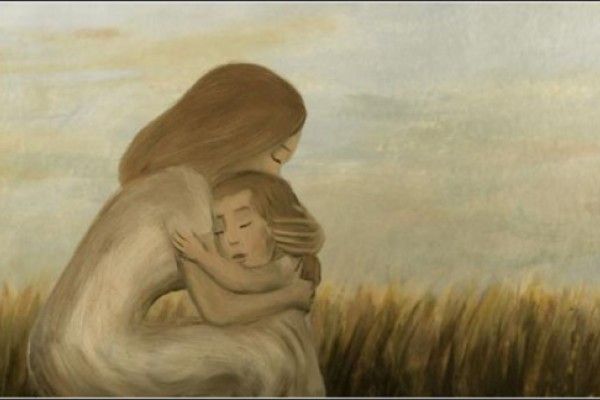Dear User,
Zgodnie z art. 13 ust. 1 i 2 Rozporządzenia Parlamentu Europejskiego i Rady (UE) 2016/679 z dnia 27 kwietnia 2016 r. w sprawie ochrony osób fizycznych w związku z przetwarzaniem danych osobowych i w sprawie swobodnego przepływu takich danych oraz uchylenia dyrektywy 95/46/WE (ogólne rozporządzenie o ochronie danych), Dz.Urz. UE. L. 2016, Nr 119, s.1. – dalej: „RODO”, Wytwórnia Filmów Dokumentalnych i Fabularnych z siedzibą w Warszawie (kod: 00-724), przy ul. Chełmskiej 21, państwowa instytucja kultury wpisana do Rejestru Instytucji Kultury, prowadzonego przez Ministra Kultury i Dziedzictwa Narodowego pod numerem RIK 88/12 - informuje, że:
- Administratorem Pani/Pana danych osobowych jest Wytwórnia Filmów Dokumentalnych i Fabularnych (dalej: „WFDiF”) z siedzibą przy ul. Chełmskiej 21, 00-724 Warszawa, tel. +48 22 841 12 13-19, tel.: +48 22 840 00 30-39, adres e-mail: wfdif@wfdif.com.pl
- Dane kontaktowe do Inspektora Ochrony Danych Osobowych wyznaczonego przez WFDiF to: Piotr Welenc, tel. 603692276, adres e-mail: p.welenc@governance.pl
- Pani/Pana dane osobowe przetwarzane są w celu wypełnienia obowiązków statutowych WFDiF, wyłącznie dla należytego stosowania przepisów prawa, tzn. na podst. art. 6 ust.1 lit. a do e RODO.
- Pani/Pana dane osobowe nie podlegają przekazywaniu do państw trzecich, ani zautomatyzowanemu podejmowaniu decyzji (w tym profilowaniu).
- W WFDiF obowiązuje „Polityka realizacji praw i wolności osób, których dotyczą dane” (dostępna TUTAJ), uwzględniająca m.in. przysługujące Pani/Panu, na zasadach określonych RODO, prawo: dostępu do treści swoich danych (art. 15 RODO), żądania sprostowania swoich danych (o ile są nieprawidłowe) oraz uzupełnienia niekompletnych danych (art. 16 RODO), usunięcia, ograniczenia przetwarzania tych danych, a także prawo wniesienia sprzeciwu, cofnięcia zgody na przetwarzanie danych, wniesienia skargi do Prezesa Urzędu Ochrony Danych Osobowych w razie uznania, że przetwarzanie danych narusza przepisy RODO.
- Pani/Pana dane osobowe mogą być przekazywane:
- podmiotom przetwarzającym je na podstawie umów z WFDiF;
- organom lub podmiotom publicznym uprawnionym do uzyskania danych na podstawie obowiązujących przepisów prawa (np. sądom, instytucjom państwowym, itp.), gdy wystąpią z takim żądaniem, w oparciu o stosowną podstawę prawną.
- W WFDiF wdrożono zasady wynikające z RODO, w szczególności dotyczące minimalizacji celu przetwarzania danych, zasady zgodności z prawem i wprowadzonymi na jego podstawie wewnętrznymi procedurami obowiązującymi w WFDiF.
- W przypadku konieczności uzyskania dodatkowych informacji na temat ochrony danych osobowych, udzieli ich Inspektor Ochrony Danych wskazany w ust. 2 powyżej.
